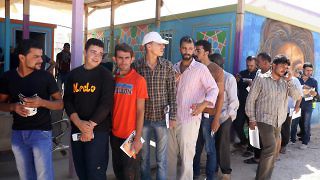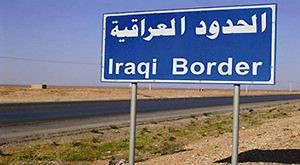A well-crafted humanitarian carve-out could ensure a more robust and credible 1267 sanctions regime while also addressing the need for humanitarian assistance, especially given the increasingly recognized linkages between terrorism and armed conflict.
Author: Naureen Chowdhury Fink
-
-
The UN counterterrorism architecture was written broadly though its application has been largely focused on two groups: al-Qaeda and Daesh. With transnational dimensions growing in right-wing terrorism, is there a role for international organizations like the UN?
-
While the adoption of Resolution 1373 signaled intent by the Security Council to appear responsive, it left more questions than answers about the role and impact of the United Nations in addressing an increasingly transnational threat posed by violent non-state actors.
-
What will the future of diplomacy look like and will the UN as we know it still be fit for purpose?
-
The evolving and contested relationship between migration, terrorism, and violent extremism animates electorates, governments, and international organizations. For many governments and communities, this requires a careful balance between the preservation of security and an effective humanitarian response.
-
The practice of CVE has suffered from a lack of clarity in its definition and scope. Moreover, many policymakers and practitioners have used the terms “counterterrorism” and “CVE” interchangeably, when in reality they represent very different approaches.
-
Groups like al-Qaeda and ISIS are selling two different stories, and understanding this difference is critical to developing effective preventive and responsive measures.
-
To be successfully implemented, UN Security Council Resolution 2178 requires the inclusion of local and contextual measures that can enhance community resilience.
-
Violent extremist groups draw on local experiences and grievances to drum up support, and a new global fund will work with local communities to counter these activities.













